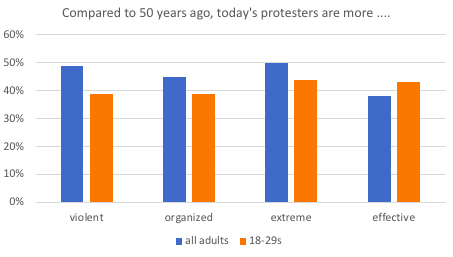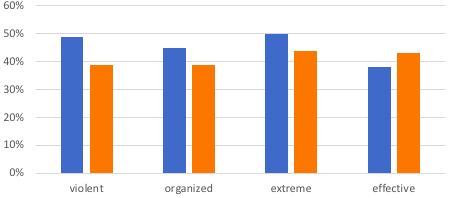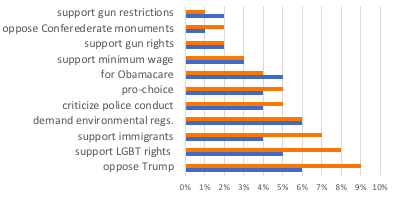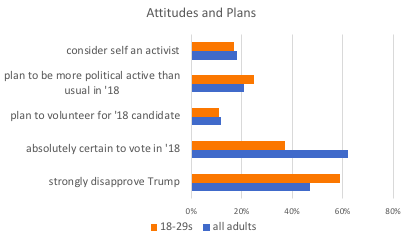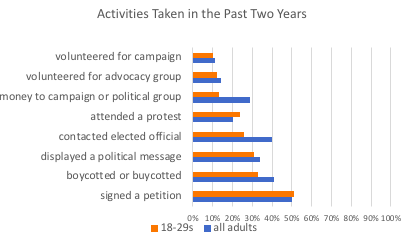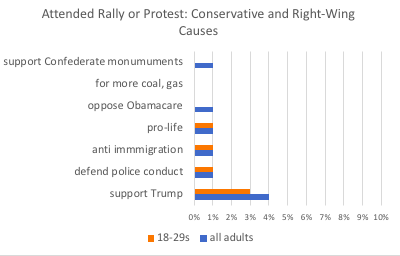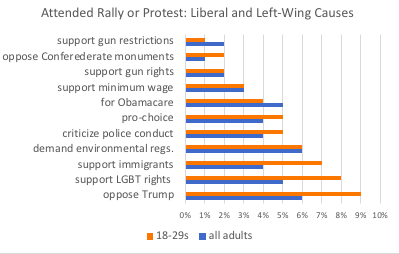These two stories ran on the same page of the print New York Times on April 2: “Sinclair Videos Renew Debate Over Media Ownership” and “To Trump, It’s the ‘Amazon Washington Post.’ To Its Editor, That’s Baloney.”
Both articles are about possible bias in powerful, for-profit media companies. Donald Trump has opinions on each case. He thinks that Sinclair (which owns 193 local TV stations) is a “far superior” media company that is being smeared by liberals. But he suggests that the “Fake News Washington Post [is] being used as a lobbyist weapon against Congress to keep Politicians from looking into Amazon no-tax monopoly.”
I start with the opposite assumptions: Sinclair is a creepy would-be monopolist, while the Washington Post holds power accountable. I’m no fan of Amazon, but I assume that Jeff Bezos’ investments in the Post strengthen democracy by enabling the newspaper to do more investigative reporting. I see two threats to the First Amendment: Sinclair’s goal of owning more than 200 local TV stations, and a president–who sits atop a regulatory state–threatening the owner of a newspaper.
But imagine that you admired Trump rather than despising him (as I do). You might then reverse the polarity. The biggest threat might seem to be the billionaire with the national newspaper. You might be a little cynical when the Post‘s executive editor, Martin Baron, says, “There isn’t anybody here who is paid by Amazon … Not one penny.” Technically true, but Bezos, who makes his money from Amazon, bought the Post for $250 million, and, “Buoyed by [these] new resources, it has added more than 200 newsroom employees.”
I want to control corporate influence on politics, but when people point out that newspapers also influence politics, and they are corporations (or owned by corporations), I cry “First Amendment!” When Rupert Murdoch builds Fox News, I see a billionaire colonizing the public sphere, but when Bezos expands the Post, I am grateful to him.
It’s important to be principled, not arbitrary or reflexively partisan, in making such judgments.
The economics are complex. You can make money selling news that you don’t agree with, or lose money by selling views you like. (Generations of owners of The New Republic will testify to that.) There is evidence of media effects: news companies change public opinion. But consumers also choose which news to buy and thereby affect the production of news.
The sociology is complex. Sinclair Broadcast Group is a publicly traded company that maximizes returns for its shareholders. It is also an organization with a CEO and other leaders who have leverage over the shareholders. And it employs reporters, who can be understood as members of a profession that is committed to the public good. It would be naive to ignore the corporate structure, but cynical to ignore the professionals. An anonymous anchor interviewed by Maxwell Strachan said,
most of the people who are commenting on this have never even watched our local newscast. … They see that we’re a Sinclair station. They assume what they want to assume about it. But we produce good news here. Sinclair does not tell us what to cover, who to talk to, or what to say in terms of local coverage. Our local news, it doesn’t have bias. If people are looking for it, they won’t find it. So don’t call me a zombie. I do damn good work on a daily basis and anybody in my community would tell you that.
Whether he is right or not, his point that many critics have never watched a Sinclair Station’s local newscast applies to me.
Finally, the politics is complex. I have no doubt that Donald Trump is a terrible leader, but I choose to consume news that mostly reinforces that view, and I rarely delve deeply into the other side. We should make judgments and take a stand. Forming a judgment is not a form of bias. But we must recognize our fallibility.
Ultimately, you can’t render appropriate judgments without taking a closer look at both the products of these companies (Are their stories any good?) and the detailed ways in which they work. I presume that the Post has a strong firewall between its business operations and its newsroom, but that is an empirical assumption that can be tested. I find this kind of language in Sinclair’s employee handbook disturbing: Sinclair “may monitor, intercept, and review, without further notice, every employee’s activities using Company’s electronic resources and communications systems.” But I don’t know whether anything similar applies at the Post.
All of this plays out in a marketplace. We’d like journalists to have market power over their employers. But for newspaper reporters, the market is terrible:
According to a new Knight Foundation report, “In the decade since the last recession hit, newspapers have shed 26,300 newsroom employees — 46.1 percent of total employment. … In contrast, local TV news employment is up 4.9 percent in that same time frame, and most TV newsrooms are at their highest level of staffing ever.” Many stations are hiring former newspaper reporters and editors.
Despite the rising number of employees in broadcast journalism and the generally tight labor market, Sinclair has leverage over its employees, perhaps because there are just a few TV stations in any community. The anonymous Sinclair anchor says,
These jobs? they’re very hard to come by. And if I quit, I owe the company 40 percent of my salary, plus a percentage of the [redacted] years remaining on my contract, plus any bonuses that they’ve paid to me and any reimbursements that they’ve paid to me. And they’re going to take me to court for it. And in the time that I’m in court, I’m not employable.
See also: media literacy and the social discovery of reality; don’t confuse bias and judgment.
